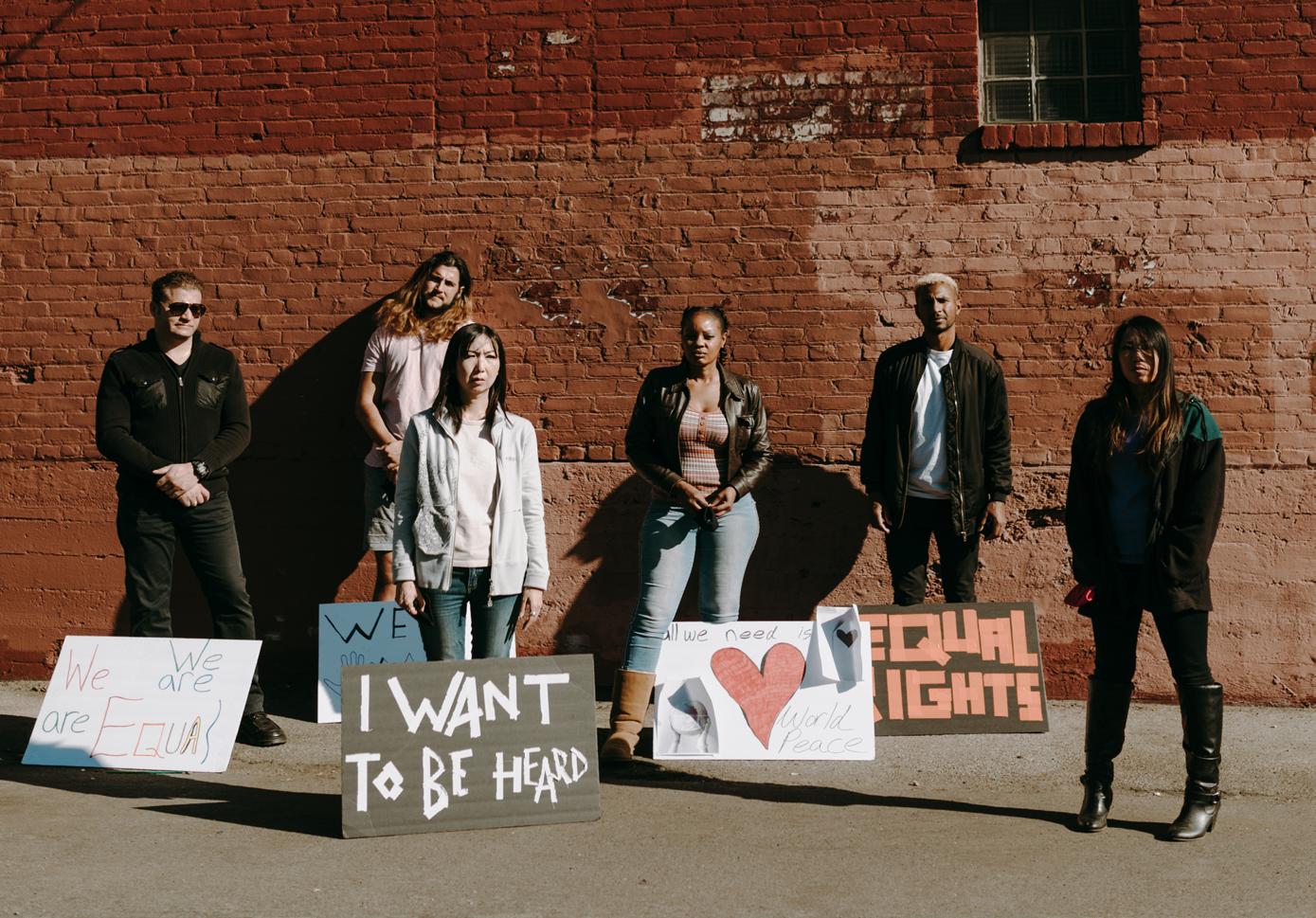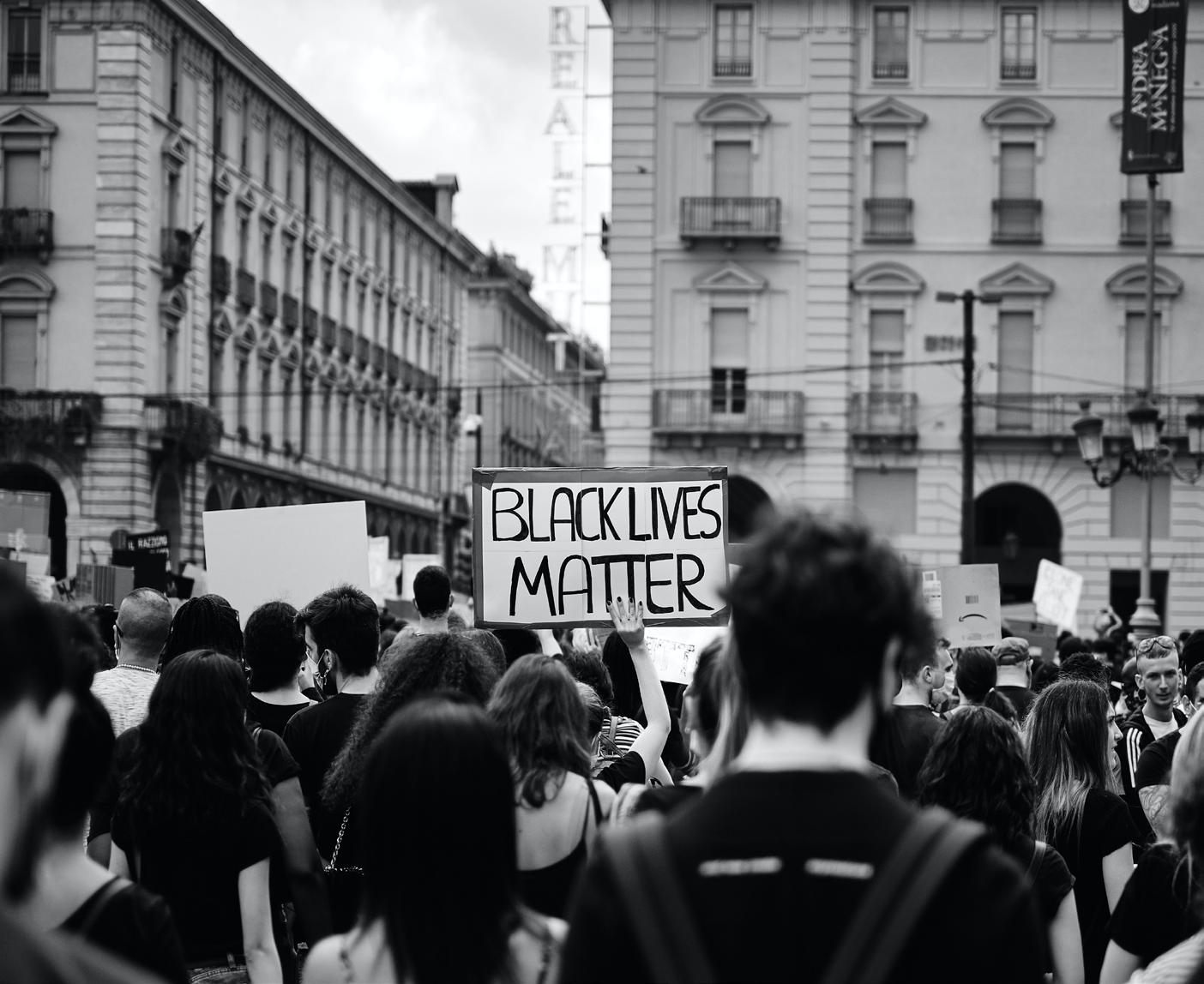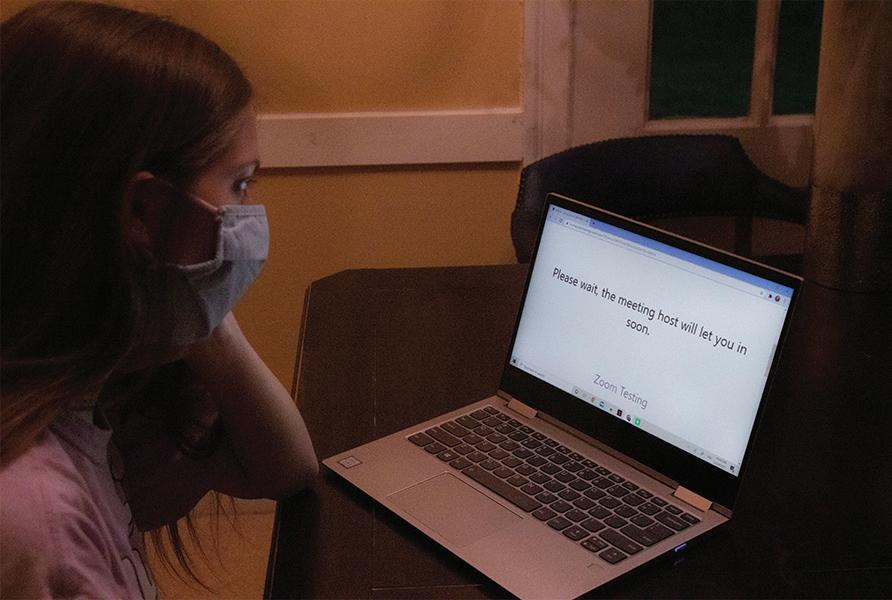
6 minute read
Bella Hernandez
By Be a HernANDEZ
Advertisement


As the decades pass, injustice remains the same. What do the 1960s teach us about our current era?

Though many dubbed 2020 “the worst year ever,” years of political unrest and racial tension are not new to the American landscape. The current age of disillusionment can be attributed to the government’s history of apathy and cruelty toward marginalized people (which simply became more apparent under Donald Trump’s administration) as well as the abysmal results of said administration’s “response” to the COVID-19 pandemic. These are newer issues, but this era of frustration and protests is actually quite reminiscent of the late 1960s, an era in which Americans fought for social change against the backdrop of senseless death and blatant prejudice, spurred on by a need to end Jim Crow laws, segregation,
and the Vietnam War. So what has changed for Americans in these last few decades, and what remains the same?
In Fall 2020, I talked with Dr. Brian Mullgardt, associate professor of history here at Millikin, about the similarities and differences between the ’60s and today, specifically in reference to social movements. He explains, “Almost from the get-go, in the last few months you had a much larger and diverse group of American citizens out there working really nicely with each other.” According to Mullgardt, this sense of community is relatively new. “In the ’60s . . . they could feel like they were alone sometimes, really. Like they were in cells and no one listened to them. [Today,] I see this larger number of sustained [protestors], and I think it’s kind of different, and, I thought, pretty exciting. And as far as similarities go…there’s certain dissatisfaction with the White House in both cases, and a seeming lack of empathy from the guy inside.”
Although protests, specifically those in support of the Black Lives Matter movement, have gained traction amongst a wider range of people today, their reason for being has stayed very much the same. Margaret Burnham, a 1960s protester-turned-law-professor at Northeastern University, tells News@Northeastern, “We are
as divided as we were then . . . It’s about white men who are deeply, deeply worried about their loss of authority. That’s what this is about. When I see that guy’s knee on George Floyd’s throat, that is what I see: A white man acting out of an old playbook and expressing frustration that indeed there has been change in this country.”
White supremacists will never be placated by silence and peace from the oppressed. As long as white supremacy goes unchallenged by those in power in our government (at the time this article is being written, the Ku Klux Klan has not been declared a terrorist organization), protests must happen to counteract it.
Although age-old, violent narratives persist, could modern innovations be used to put an end to them? “The ubiquitous presence of digital recording devices ensured that if someone could record it, someone would,” Brooks D. Simpson, ASU Foundation Professor of History at Arizona State University, explains to AZ Big Media. “The killing of George Floyd invited viewers to see for themselves what for decades Black people had told the rest of America was happening.” According to Simpson, the now-famous video of Floyd’s murder played a big role in this. “The video cultivated the emergence of empathy . . . the same
sort of empathy against Black oppression that Harriet Beecher Stowe elicited in ‘Uncle Tom’s Cabin’ back in 1851 or network coverage that the Civil Rights movement in the American South fostered in the 1960s.”
Movements are able to garner sympathy when they become real to those outside of the immediate impact. With the advent of smartphones, a high percentage of Americans have a recording device on their person at all times, and the ability to upload footage online—which speeds up social movements by unprecedented degrees.




As Mullgardt puts it, a major difference between the ’60s and today “is the multiverse that is the Internet, the outlets that were all over [the current protests], and the fact that you can whip out your phone and show a guy shooting somebody in the streets of Kenosha.” In the ’60s, similar events were covered by ABC, NBC, and CBS. “And you got their lenses alone,” Mullgardt adds. “The productive part is that [today] we have so many people shooting so much stuff that we might not have seen had the cameras not been on certain people.” As empathy grows and lesser-known narratives take the spotlight, lasting change becomes more and more possible. The undeniable proof in people’s pockets is piling up, and, with social media, it is easier than ever for the average citizen to amplify their voice—not only to their fellow Americans, but across the globe.
I was curious about what comparisons could be drawn between particular protest groups from the ’60s and today. Mullgardt pointed me toward the Weather Underground Organization, a left-leaning radical group that could be compared to what today’s conservative right fears “Antifa” to be. Also known as The Weathermen, this group, which lasted only from 1969–1977, believed that the evils of racial inequality and the violence of war needed to be protested in an extreme fashion—with the use of dynamite bombs.
Mullgardt adds, “People pointed fingers at the Black Panthers, too. ‘Oh, oh my goodness,’ you know, ‘violent organization.’ Well, it’s also a multifaceted organization. They also had free breakfast programs for kids, and they had medical aid and free legal aid for the people who needed it . . . There were other right-wing groups, by the way, interestingly enough, that have not
been as publicized. The Minutemen was a 1960s very far right-wing organization.” In fact, Mullgardt says there was a chapter located nearby in Clinton, Illinois, that the FBI busted. Members of the Minutemen, known for their use of dangerous weaponry and guerilla warfare, were dedicated to preventing what they considered an imminent Communist invasion.
Similarities can be drawn not only between current and past movements, but also between current and past leadership. “Sometimes I discourage my students from drawing too strict a comparison between then and now, because you can’t always make a straight line between, let’s say ’68 and today,” Mullgardt says when I ask about Donald Trump’s use of Richard Nixon’s campaign slogan. “Well, ‘Law and Order’ was a straight-up ’68 slogan . . . I don’t know if Trump knew that when he first started saying it, but when it was pointed out to him, he held onto it.”
Though our society is still plagued by many of the same ills, it has progressed, if more slowly than any of us might want. But perhaps our generation can be a cause for hope. “I would like to think that some of the pros of the Millennial and Z generations is broader acceptance,” Mullgardt says. “Those groups in particular are right on the spot when they saw a problem. I’d like to think it’s because we have more empathy and more sympathy amongst members of society.”










